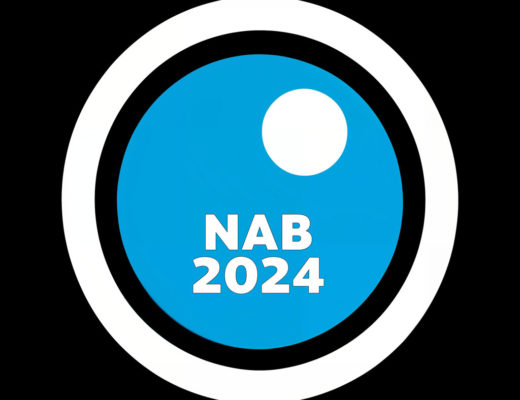How Ideas Spread | Digital Tonto. by Greg Satell
Ideas That Spread Themselves
It has long been known that people are influenced by others around them.Solomon Aschconductedexperiments in the 1950’s that showed that people will give answers that they know to be false if every other person in their group gives the wrong answer.The majority doesn’t just rule, it converts.
Viral ideas are the holy grail of marketing. Why spend money on huge advertising campaigns when you can get people to spread your ideas for free? Unfortunately, it is very hard to get things to go viral and nearly impossible to do so with any predictability or consistency.
So you wouldn’t want to risk a major product launch on the slim chance that you might save your advertising budget; there’s too much at stake. Businesses don’t become successful by saving on marketing, they become successful by selling products.
In order for ideas to spread, you have to not only get people to believe in them,but you need a majority of people to believe in them (or at least a local majority).
That’s the problem with Gladwell’s view. He effectively assumes that the “influentials” that make up the “Power of the Few,” will be easier to convince than the masses. Ideas don’t exist in a vacuum, they spread through interactions. By focusing on just one element he excludes important opportunities.
Three Conditions for a Viral Idea
Susceptibility: Either the idea has to be very powerful or people who are predisposed need to come in contact with it.
Connectedness: The people who believe in the idea have to be able to interact with others. Even the powerful Ebola virus dies out in the African Jungle. Those infected are too far away from population centers to create a widespread epidemic.
Majority: Even healthy people can get sick in an epidemic and even skeptical people can be influenced by an idea that permeates their local environment.
Because clusters in a network are connected, they influence each other. It really isn’t all that important which people are influenced initially. One very active cluster can percolate through the entire network. The cluster doesn’t have to be central, just connected strongly enough to allow for interaction.
Duncan Watts calls this idea “Big Seed Marketing.” (For a fuller explanation, see thisFast Company article.)
Read the full article @http://www.digitaltonto.com
Related articles by Zemanta
- social media advocates take a ride on the Hyperbole Train to Sillyville (digitalassetmanagement.org.uk)
- The Fruitless Quest for Digital Media ROI (digitalassetmanagement.org.uk)
- The Promise of “Self-segmentation” (digitalassetmanagement.org.uk)
- Will Content Marketing Kill Trade Publications? (digitalassetmanagement.org.uk)

Filmtools
Filmmakers go-to destination for pre-production, production & post production equipment!
Shop Now

![How Ideas Spread: Three Conditions for a Viral Idea 4 Reblog this post [with Zemanta]](http://img.zemanta.com/reblog_c.png?x-id=59e3c185-759a-446c-a122-5ea6062108f6)












